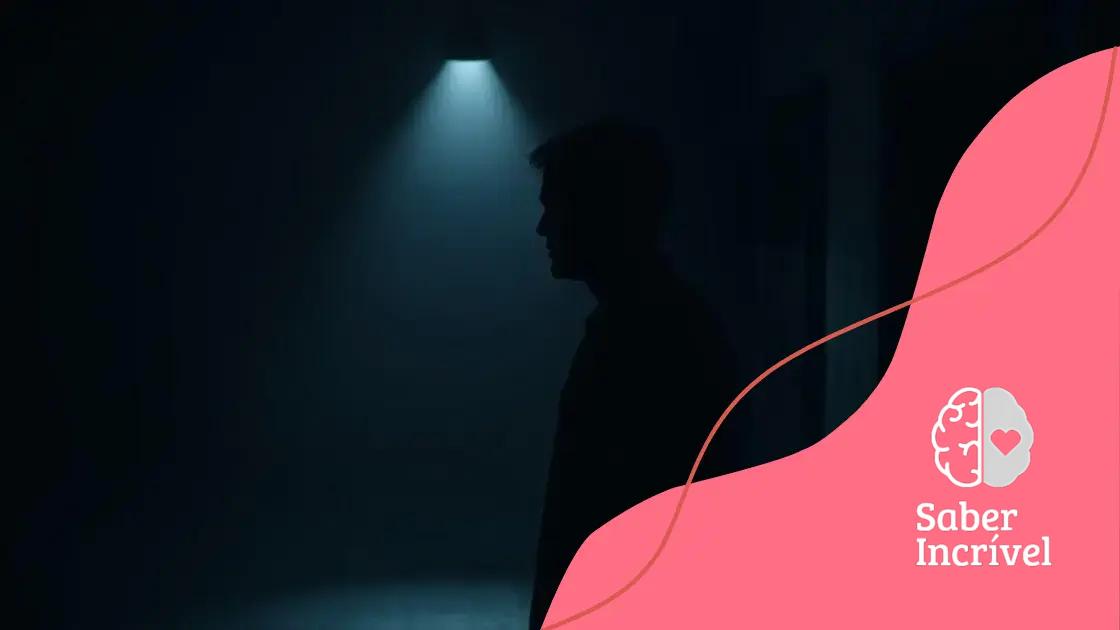Genre guide: Slow-burn romance, slapstick comedy

Creating compelling characters for diverse genres involves developing depth, rich backstories, relatable flaws, and ensuring diverse representation to engage audiences effectively.
Genre guide: Slow-burn romance, slapstick comedy, or emotional thriller? Finding the right genre can vastly influence your story’s impact. Each one offers unique elements that can either charm or thrill your audience. Let’s dive into what makes these genres tick.
Understanding slow-burn romance
Understanding slow-burn romance can be crucial for writers aiming to create a deep emotional connection between their characters. This genre encourages readers to invest their feelings and time as the relationship unfolds gradually.
Key Characteristics of Slow-Burn Romance
A slow-burn romance typically features a gradual progression of the relationship, allowing readers to savor the developing emotions and chemistry between characters.
- Intensely developed characters
- Well-crafted emotional tension
- Realistic relationship obstacles
- Gradual revelation of feelings
As you explore the intricacies of this genre, you will often find that the tension builds beautifully over time. Readers appreciate storylines where they can see the characters overcoming challenges to reach a loving relationship. Their journey is engaging and relatable.
Why Do Readers Love It?
The appeal of slow-burn romance lies in its ability to create depth and realism. Readers enjoy watching the subtle shifts in relationship dynamics and how characters evolve. They become invested in each step the couple takes, feeling every emotional twist along the way.
This genre invites readers to reflect on their relationships, which makes the story more impactful. The gradual nature allows for rich backstories and character development, enhancing overall engagement.
Common Tropes in Slow-Burn Romance
While there are many tropes in the slow-burn romance genre, some are particularly popular:
- Friends to lovers
- Enemies to lovers
- Second chance romance
- Unrequited love
Each of these tropes offers unique situations that allow for character growth while maintaining the slow-burn aspect. When crafted well, they provide the perfect foundation for a rewarding romantic climax.
The appeal of slapstick comedy
The appeal of slapstick comedy is timeless, capturing audiences with its humor and physicality. This genre often relies on exaggerated situations and visual gags that provoke laughter through pure chaos.
Elements That Make Slapstick Comedy Unique
At its core, slapstick is about the unexpected. Whether it’s a classic pie-in-the-face moment or a character slipping on a banana peel, these visual jokes are simple yet effective. The physicality of the performers often carries the humor, making it accessible to a wide audience.
- Exaggerated actions and reactions
- Physical humor over verbal wit
- Use of props for comedic effect
- Fast-paced sequences that keep the energy high
Another reason audiences love slapstick comedy is its ability to bring people together. Laughter is a universal language, and slapstick transcends cultural barriers. It doesn’t rely heavily on dialogue, allowing anyone to enjoy the fun, no matter their background.
Classic Examples of Slapstick Comedy
Throughout history, there have been iconic works that define the genre of slapstick. From the silent films of Charlie Chaplin to the modern antics of movies like “Dumb and Dumber”, slapstick has left a lasting impression.
- Charlie Chaplin’s “The Gold Rush”
- Buster Keaton’s “The General”
- Laurel and Hardy classics
- Jim Carrey in “Ace Ventura: Pet Detective”
These examples showcase how physical humor can resonate with viewers. The antics of the characters draw laughter from the simplest of actions. This makes the genre appealing across different age groups, ensuring that the charm of slapstick remains relevant.
The Impact of Slapstick Comedy on Modern Entertainment
Today, elements of slapstick comedy continue to influence various forms of entertainment. TV shows and movies incorporate similar techniques to keep audiences laughing.
This fusion of physicality with modern humor shows that the spirit of slapstick is alive and well. By engaging viewers with quick visual gags and memorable characters, this genre maintains its important place in the hearts of comedy fans.
Elements of an emotional thriller

Elements of an emotional thriller create a captivating experience for viewers. This genre combines suspense with deep emotional connections, drawing audiences into a web of intrigue and feeling.
Key Components of Emotional Thrillers
At the heart of an emotional thriller are complex characters who face life-altering situations. The plot often revolves around personal stakes, where the protagonist’s emotions are intertwined with the thriller’s tension.
- Multi-dimensional characters
- High-stakes scenarios
- Plot twists that evoke strong feelings
- A layered emotional narrative
As the story unfolds, viewers experience not only fear or suspense but also empathy for the characters. This blend of emotional depth and gripping suspense keeps audiences on the edge of their seats.
The Role of Setting in Emotional Thrillers
The setting plays a significant role in establishing the mood. A dark, isolated location can heighten feelings of fear and vulnerability. Conversely, familiar places can turn sinister when they become the backdrop for shocking events.
Creating an immersive environment allows readers or viewers to feel the tension and fear alongside the characters. This connection makes the emotional stakes even higher, inviting audiences to become fully engaged in the narrative.
Common Themes in Emotional Thrillers
Many emotional thrillers explore themes of trust, betrayal, or the struggle for survival. These themes resonate with viewers, as they tap into universal human experiences and emotions.
- The fragility of trust
- The consequences of betrayal
- Redemption through personal struggle
- Confronting one’s fears
By weaving these themes throughout the plot, emotional thrillers can deliver a powerful experience, one that connects with the audience on multiple levels. This emotional resonance not only makes the story more compelling but also lingers with viewers long after the story ends.
How to engage audiences in each genre
Engaging audiences in different genres requires a tailored approach that resonates with their emotions and expectations. Each genre has unique characteristics that attract viewers, and understanding these can significantly enhance the experience.
Identifying Audience Expectations
To effectively engage your audience, it’s essential to understand their expectations for each genre. Thrillers demand suspense and unexpected twists, while romantic dramas focus on deep emotional connections. Recognizing what your audience looks for can guide your storytelling choices.
- For thrillers, create tense situations and surprising turns.
- In romantic dramas, develop relatable characters with compelling backstories.
- Comedies should emphasize humor through relatable scenarios and wit.
- In tragedies, focus on characters facing significant challenges.
By aligning your content with genre-specific expectations, you draw audiences in and keep them invested. This connection is crucial for maintaining viewer interest throughout the story.
Utilizing Character Development to Captivate Viewers
Characters play an integral role in engaging audiences. Well-developed characters can evoke empathy and investment. In slow-burn romances, for instance, allow characters to grow gradually, showcasing their struggles and triumphs.
Viewers connect deeply with characters who face challenges similar to their own. This emotional resonance encourages audiences to root for the characters and stay engaged in their journey.
Incorporating Interactive Elements
Today’s audiences often seek interaction through stories. This can be achieved through various means, such as social media engagement or interactive storytelling apps, where viewers can choose paths for the characters.
Using interactive elements fosters a sense of involvement, making the audience feel part of the narrative. This approach can make the experience richer and more enjoyable.
Creating an Immersive Experience
The use of immersive techniques enhances audience engagement. In genres like thrillers, atmospheric music and sound effects can heighten tension. For romantic stories, soft music can elicit emotional responses.
Additionally, vivid descriptions and detailed settings transport audiences into the world you create. This immersion amplifies their connection to the story, making it more memorable and impactful.
Creating compelling characters for diverse genres
Creating compelling characters for diverse genres is crucial for storytelling. Engaging characters resonate with audiences, drawing them into the narrative and making the experience memorable.
Understanding Genre-Specific Traits
Each genre has its own nuances that influence character development. For instance, in romantic comedies, characters may be quirky and humorous. In contrast, thrillers might require characters who are more complex with moral ambiguity.
- Romantic leads should evoke empathy and charm.
- Thriller protagonists need depth to navigate suspenseful situations.
- Comedic characters should deliver humor while keeping the story engaging.
- Fantasy heroes often represent relatable struggles in extraordinary settings.
By aligning character traits with the expectations of the genre, writers can create characters that feel authentic and relatable to the audience.
Building Deep Backstories
Compelling characters often come with rich backstories. A well-developed backstory explains a character’s motivations and decisions, offering insight into their actions. In a drama, for example, a character grieving a loss can create deep emotional connections with viewers.
Backstories add layers to characters. This complexity makes them more relatable and engaging. Viewers appreciate understanding what drives a character’s choices, especially in genres like science fiction, where characters may face unusual challenges.
Crafting Relatable Flaws
Flaws make characters relatable. Every character should have imperfections that make them human. Flawed characters often face conflicts that drive the narrative forward. In fantasy, a hero may struggle with self-doubt, making their journey to success more compelling.
- Flaws can create internal conflicts for characters.
- They can help develop relationships with other characters.
- Flaws lead to growth, making characters more dynamic.
- The audience often relates to characters through their flaws.
By giving characters flaws, writers can create arcs that resonate with audiences and keep them invested in the character’s journey.
Diverse Representation
Dive into various backgrounds and experiences to enrich character diversity. Characters from different cultural, socioeconomic, and gender backgrounds create richer storytelling and attract wider audiences. In today’s world, representation matters.
Strong representation of diverse characters promotes inclusivity. This practice not only appeals to broader audiences but also enriches narratives through varied perspectives, leading to more profound emotional connections with viewers.
Creating compelling characters is key to engaging audiences across various genres. By understanding the specific traits, backstories, and flaws that resonate with viewers, writers can craft memorable characters that feel real. Diverse representation in character development enriches the story and connects with a broader audience. Ultimately, strong characters not only drive the plot but also invite viewers to invest emotionally in the narrative.\n\nHere’s a concise table summarizing the important takeaways:\n\n👤 Character Depth – Create multi-dimensional characters that resonate.\n📖 Rich Backstories – Develop compelling background stories for relatability.\n💔 Flawed Characters – Introduce flaws to make characters relatable and dynamic.\n🌠Diverse Representation – Ensure variety in characters to appeal to wider audiences.\n🎠Genre Alignment – Align character traits with genre expectations for better engagement.
FAQ – Creating Compelling Characters for Diverse Genres
Why is character depth important in storytelling?
Character depth makes characters relatable and engaging, helping audiences connect emotionally with the story.
How do backstories influence character development?
Backstories provide context for a character’s motivations and decisions, enriching the narrative and enhancing viewer investment.
What role do flaws play in character creation?
Flaws make characters more human and relatable, driving their growth and maintaining audience interest in their journeys.
Why is diversity important in character representation?
Diverse representation brings different perspectives and experiences to stories, broadening appeal and creating more meaningful connections with audiences.